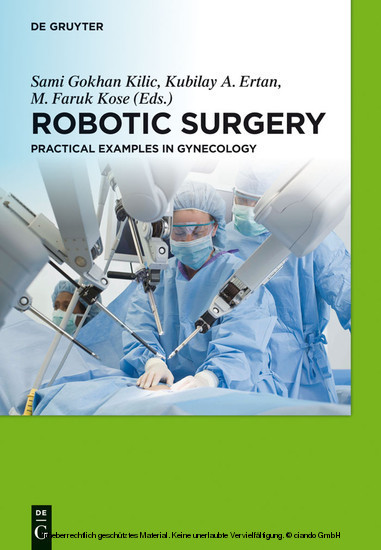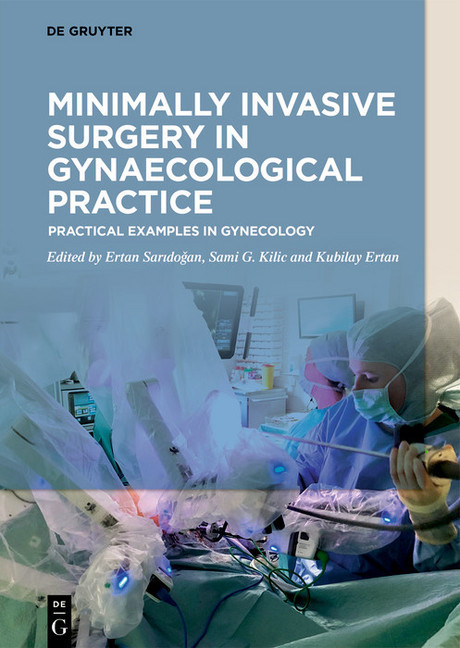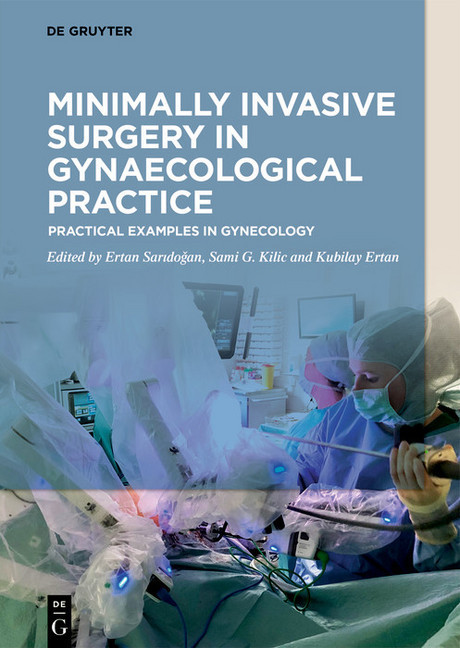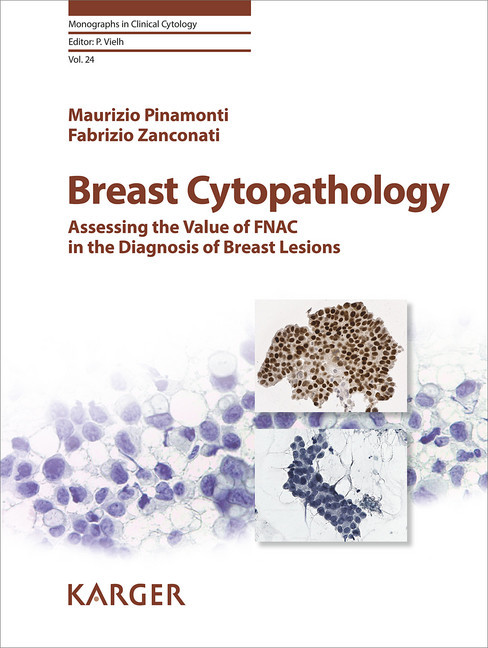Robotic Surgery
Practical Examples in Gynecology
The advent of robotic surgery brought a rise in the proportion of minimally invasive surgery in gynecology. This book provides a practical guide to this innovative field. First it introduces the basics of robotic surgery and then focuses on specific gynecology-related surgeries. Gynecologists currently practicing robotic surgery as well as those who would like to include robotic surgery in their practice will benefit greatly from this book.
Sami Kilic, University of Texas, USA; Kubilay Ertan, Klinikum Leverkusen, Germany; M. Faruk Kose, Senaturk, Turkey.
1;Preface;52;Acknowledgements;73;Index of authors;94;Part I: Basics;294.1;1 Robotic gynecologic surgery - introduction;314.1.1;1.1 History;314.1.2;1.2 Robotics systems;324.1.3;1.3 Endoscopic surgery in gynecology;354.1.4;1.4 The advantages of robotic surgery;374.1.5;1.5 Limitations of robotic surgery;374.1.6;1.6 Telemedicine and robotic surgery: future aspects;374.1.7;1.7 Final suggestions;384.1.8;References;384.2;2 Launching a successful robotic program;414.2.1;2.1 Introduction;414.2.2;2.2 Phases of a successful robotic gynecologic program;414.2.2.1;2.2.1 Planning phase;414.2.2.2;2.2.2 Implementation phase (learning curve or initial robotic program);464.2.2.3;2.2.3 Evolving program;464.2.3;2.3 Academic activities;484.2.3.1;2.3.1 Education;484.2.3.2;2.3.2 Research;494.2.4;2.4 Financial analysis;494.2.5;2.5 Conclusion;504.2.6;References;504.3;3 Financial analysis of robotic surgery in gynecology;514.3.1;3.1 Introduction;514.3.2;3.2 Cost of robotic surgery;514.3.3;3.3 Cost effectiveness of robotic surgery vs. laparoscopic and open approaches;524.3.4;3.4 Coverage of robotic surgery by health systems;554.3.5;3.5 How to use robotics more cost efficiently?;564.3.6;3.6 Conclusion;564.3.7;References;564.4;4 Training and credentialing in robotic gynecologic surgery and legal issues;594.4.1;4.1 Introduction;594.4.2;4.2 Training and credentialing;594.4.2.1;4.2.1 Training;594.4.2.2;4.2.2 Credentialing;604.4.3;4.3 Legal issues;614.4.3.1;4.3.1 Components of medical malpractice;614.4.3.2;4.3.2 Insufficient training and credentialing legal issues;614.4.3.3;4.3.3 Robotic proctors and legal issues;624.4.4;4.4 Conclusion;634.4.5;References;634.5;5 Patient positioning, trocar placement, and docking for robotic gynecologic procedures;654.5.1;5.1 Introduction;654.5.2;5.2 Importance of proper patient positioning and trocar placement;654.5.3;5.3 Patient positioning;664.5.3.1;5.3.1 Principles of patient positioning;664.5.4;5.4 Trocar placement;694.5.4.1;5.4.1 Peritoneal access;694.5.4.2;5.4.2 Trocar placement;694.5.5;5.5 Initial survey;734.5.6;5.6 Docking;734.5.6.1;5.6.1 Docking types;744.5.7;5.7 Conclusion;744.5.8;References;754.6;6 Role of the robotic surgical assistant;774.6.1;6.1 The surgeon in the area of conflict between autonomy and dependency;774.6.2;6.2 Tasks of the robotic surgical assistant;784.6.2.1;6.2.1 Tasks of the robotic surgical assistant previous to the beginning of the surgical intervention;784.6.2.2;6.2.2 Tasks of the robotic surgical assistant between beginning of the surgery and start of the console phase;804.6.2.3;6.2.3 Tasks of the robotic surgical assistant during the console phase;804.6.2.4;6.2.4 Tasks of the robotic surgical assistant after termination of the console phase until the skin closure;834.6.3;6.3 Selection criteria of the robotic surgical assistant;834.6.4;6.4 Training/education of the robotic surgical assistant;844.6.4.1;6.4.1 Practical and virtual simulation/simulator systems;854.6.4.2;6.4.2 Training programs - request and reality;864.6.5;6.5 Aspects of spatial arrangement and structures of communication;874.6.6;6.6 Available data relating to the role of the robotic surgical assistant/existing evidence;904.6.7;6.7 Conclusions;914.6.8;References;924.7;7 Strategies for avoiding complications from robotic gynecologic surgery;954.7.1;7.1 Introduction;954.7.2;7.2 Patient positioning - prevention of neurologic injuries;964.7.3;7.3 Complications of pneumoperitoneum and steep Trendelenburg;984.7.4;7.4 Robotic equipment;994.7.4.1;7.4.1 Electrosurgical principles;994.7.4.2;7.4.2 Monopolar electrosurgery;994.7.4.3;7.4.3 Bipolar electrosurgery;1014.7.5;7.5 Avoiding surgical complications;1014.7.5.1;7.5.1 Avoiding port complications;1024.7.5.2;7.5.2 Gastrointestinal complications;1034.7.6;7.6 Genitourinary complications;1044.7.6.1;7.6.1 Bladder;1044.7.6.2;7.6.2 Ureter;1054.7.7;7.7 Complications of pelvic and para-aortic lymph node dissect
Kilic, Sami G.
Ertan, Kubilay
Kose, M. Faruk
| ISBN | 9783110306576 |
|---|---|
| Artikelnummer | 9783110306576 |
| Medientyp | E-Book - PDF |
| Copyrightjahr | 2014 |
| Verlag | Walter de Gruyter GmbH & Co.KG |
| Umfang | 428 Seiten |
| Sprache | Englisch |
| Kopierschutz | Digitales Wasserzeichen |











